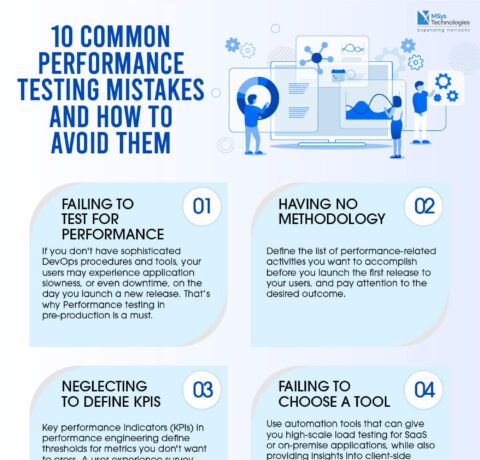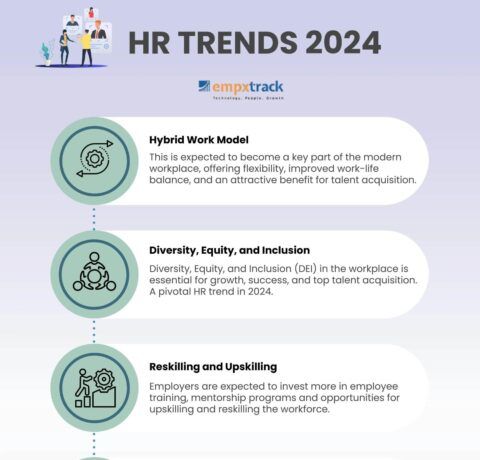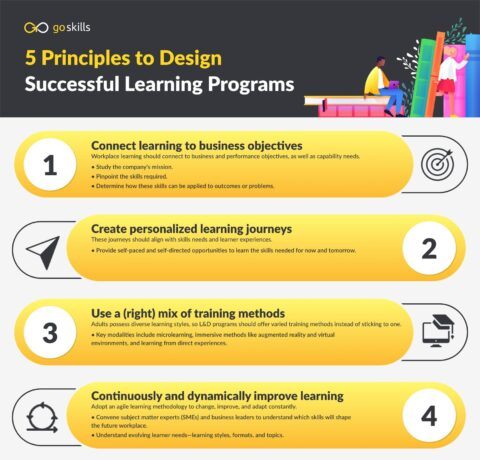Boost Your Training with the Neuroscience of Education Infographic
Neuroscience of learning has created a wealth of great tips to make L&D more effective. The Boost Your Training with the Neuroscience of Education Infographic shows how knowing about the brain helps L&D people train.
How Neuroscience Can Boost L&D
- Learners Become More Engaged
- Better Training Creates Cost Savings
- Fewer Staff Leave
- Training lmpresses Learners
- You Can Increase Your Confidence and Credibility as a Practitioner
- Trainers Can Confirm Hunches About What Makes L&D Effective
- The Field Opens Up Other Perspectives and Creates Discussion
Many professionals know about the neuroscience of L&D, but you can be at the cutting edge of applying it:
- 64% aware of the neurochemistry of learning – 6% use it
- 65% aware of brain plasticity – 12% use it
- 65% aware of learning through “deep practice” – 13% use it
- 76% aware of generational changes in brain function affect learning – 13% use it
- 78% aware of cognitive issues around decision making, – 16% use it
- 71% aware of ‘Mentalising systems', which are how we process signals from other people and how this affects social learning – 16% use it
- 71% aware of unconscious thought theory, such as problem-solving through our intuitive mind when we ’re not actively trying – 18% use it
- 70% aware of learning states during game-based learning – 24% use it
- 81% aware of the correlationbetween physical exercise and increased learning performance.
– 25% use it - 77% aware of human reasoning and logic affect how we learn – 25% use it
- 64% aware of ‘Mirror neurons' help embed learning, eg. through role-modeling - 13% use it
5 Neuroscience Findings that Can Help L&D
1. The brain is plastic.
You can use this fact to boost creativity with tasks that make unusual mental connections. E.g. people write better stories when asked to incorporate a set of unrelated words. This strategy automatically raises activity in brain regions associated with creative effort.
2. Space out learning sessions.
An MRI study has shown that we do more unconscious practicing when the learning is spaced out over time. This is true for studying facts, grammar, mathematics and many other topics.
3. Sleep is important for memory.
Our sleeping brain replays activities that reflect our daytime experiences, which helps us to remember better. Quite simply, get learners to sleep more. Also cutting out their caffeine creates much more efficient sleep and learning.
4. Using technology wisely trains brains better.
Late at night, close, bright screens can delay production of a key sleep hormone more than TV. Yet action video games appear to develop cognitive skills like switching visual attention, ignoring distraction and enhancing contrast sensitivity, interestingly, Iaporoscopic surgeons playing these games make far fewer errors.
5. Take regular exercise.
Regular aerobic exercise boosts the efficiency of brain systems important for learning and concentration. Also, exercise stimulates the hippocampus which aids memory. In one study, adults showed a 20% increase in memory performance for words learned straight after two three-minute sprints. e-Learning on the Wii anyone?
5 Brain Friendly Training Ideas
- Introduce activities which help delegates process information themselves, for example by sorting information or storytelling.
- Find time for active reflection and regular breaks.
- Provide information in short bursts, of no more than ten minutes.
- Introduce movement and exercise into blended learning situations.
- Think about how to create stronger memories with emotion, for example using laughter and happiness or shock and disgust.
View also: How To Use Brain Research For Effective eLearning Development Infographic







You can adjust your cookie preferences here.